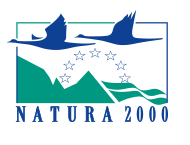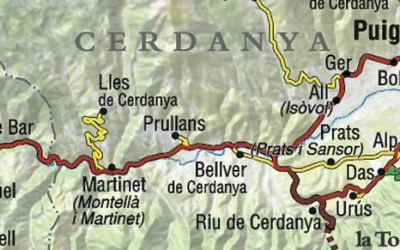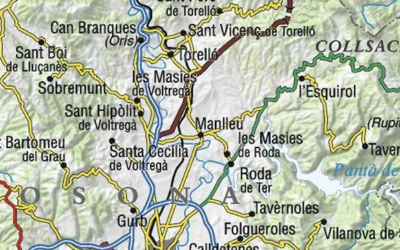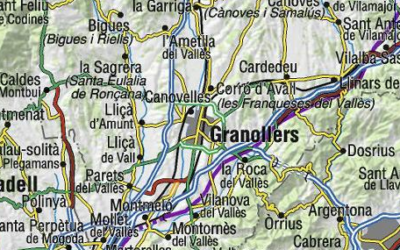Goals
This project’s goal is to implement conservation and restoration actions that serve as a model and are transferable to the rest of the Catalan and Mediterranean basins suffering the same conservation issues as these riverside areas.
In terms of actions, the following goals have been set:
The actions are planned based on a criterion of efficiency: achieving the best result at the lowest cost and allowing the habitat to reorganise itself by implementing key actions. Each area’s specific issues will be taken into account, such as the disappearance of large forests, water regulation and the reintroduction of the habitat in overexploited areas, among others.
It’s important that, for the first time, an agreement has been reached with a hydroelectric power plant to achieve river flow regulation with the aim of raising the water table and improving the conservation status of the affected riverside areas.
This project involves a considerable amount of work regarding dissemination and communication, with environmental education in schools close to the implementation areas. A travelling exhibition will also be created to visit several Catalan towns, together with an audiovisual presentation that will help to raise awareness of the importance of riverside areas and how to use them appropriately and sustainably.








